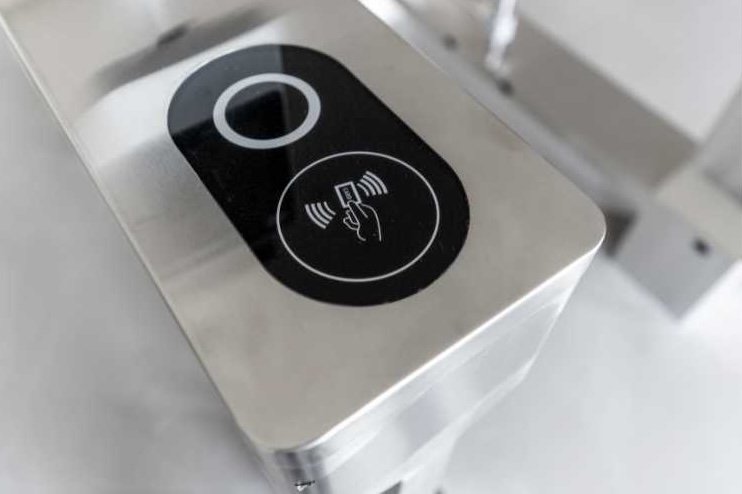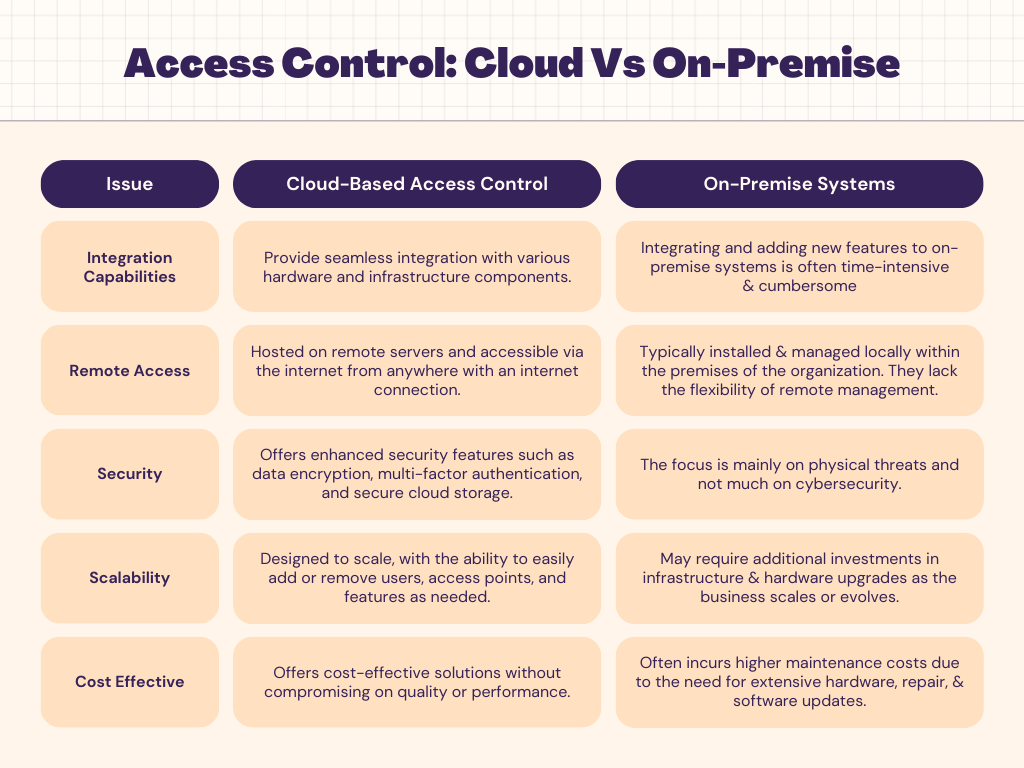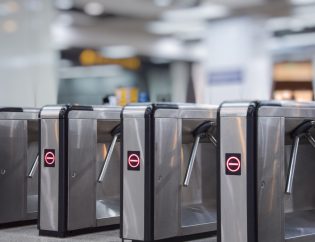
Traditional access control systems, compared to cloud-based access control systems often come with limitations and complexities that can hinder their effectiveness. However, with the advent of IoT cloud-based access control systems, businesses now have access to cutting-edge solutions that offer unparalleled security and convenience.
In this blog, we explore the benefits of adopting a cloud-based IoT access control system and how it can revolutionize your security infrastructure.
1. Streamlined Integration & Versatility
Cloud-based IoT access control systems provide seamless integration with various hardware and infrastructure components.
Whether it's facial recognition, RFID, QR codes, mobile access, keypad entry, or fingerprint scanning, these systems offer multi-faceted options to suit diverse security needs. This versatility ensures compatibility with your existing hardware and infrastructure, eliminating the need for costly upgrades or replacements .
On-premise access control systems lack such versatility and this can pose significant challenges. Integrating and adding new features to on-premise systems is often time-intensive and cumbersome. In many cases, such installations may require taking your access control offline, disrupting operations and causing inconvenience. This limited adaptability can hinder businesses from quickly and efficiently upgrading their security infrastructure to meet evolving needs and industry standards.
2. Remote Access
The most important benefit of cloud access control is effortless management anytime, anywhere. One of the most significant advantages of cloud-based IoT access control systems is the ability to manage your security infrastructure remotely.
With no requirement for software installation or dedicated PCs, businesses can securely manage access control systems from anywhere, with or without an internet connection.
This flexibility enables real-time monitoring and control, empowering businesses to respond swiftly to security incidents or access requests, even when on the go.
On-premise systems are typically installed and managed locally within the premises of the organization and lack the flexibility of remote management. They are localized within the organization's physical facilities, limiting management capabilities to on-site personnel. This confinement to the organization's premises restricts the ability to oversee and adjust security measures from external locations, potentially leading to delays in response to security incidents or access requests.
3. Enhanced Security
Cloud-based IoT access control systems prioritize security, adhering to the highest industry standards to safeguard your premises and assets effectively.
With features like edge computing technology, data encryption, and secure cloud storage, businesses can rest assured that their sensitive information remains protected against unauthorized access or cyber threats.
In on-premise servers, the focus is mainly on physical threats. Cybersecurity, which safeguards the server from online threats like hacking or malware, often receives less emphasis compared to physical security elements. Since real-time monitoring is impossible, organizations are vulnerable to threats and security breaches both internally and externally.

4. Scalability
Cloud-based IoT access control systems are designed to scale with your business, allowing for seamless expansion as your security needs evolve. Whether you operate a small business with a few access points or a large enterprise with multiple locations, these systems can accommodate your requirements effortlessly.
Expanding with on-premises access control proves challenging as it requires purchasing servers and hardware for each new location, making scalability cumbersome and costly compared to the seamless scalability offered by cloud-based solutions.
5. Cost-Effective
Contrary to the perception that advanced security systems come with hefty price tags, cloud-based IoT access control systems offer cost-effective solutions without compromising on quality or performance.
On the contrary, on-premise access control systems often incur higher maintenance costs due to the need for extensive hardware, maintenance and repair, and software updates. Cloud-based IoT access control systems relatively require less hardware and maintenance. This discrepancy can result in elevated expenses for hardware procurement, software updates, and ongoing maintenance tasks.
6. Installer-Friendly
With reduced installation and support costs in cloud-based access control, businesses can achieve maximum value from their investment while enjoying enhanced security features and operational efficiency. Moreover, the user-friendly design of these systems makes installation, operation, and maintenance a breeze, minimizing downtime and optimizing productivity.
Unlike cloud-based access control systems, on-premises systems necessitate physical installation and setup, leading to slower deployment times. This limitation can pose challenges for businesses requiring rapid implementation of access control measures, hindering their ability to swiftly establish security protocols.
Conclusions
The comparison between cloud-based and on-premise access control systems underscores the significant advantages offered by cloud-based solutions.
In conclusion, cloud-based IoT access control systems emerge as the superior choice for businesses seeking enhanced security measures and operational efficiency.
By embracing cloud technology, organizations can not only streamline their access control processes but also adapt more swiftly to evolving security needs in today's dynamic business landscape.




